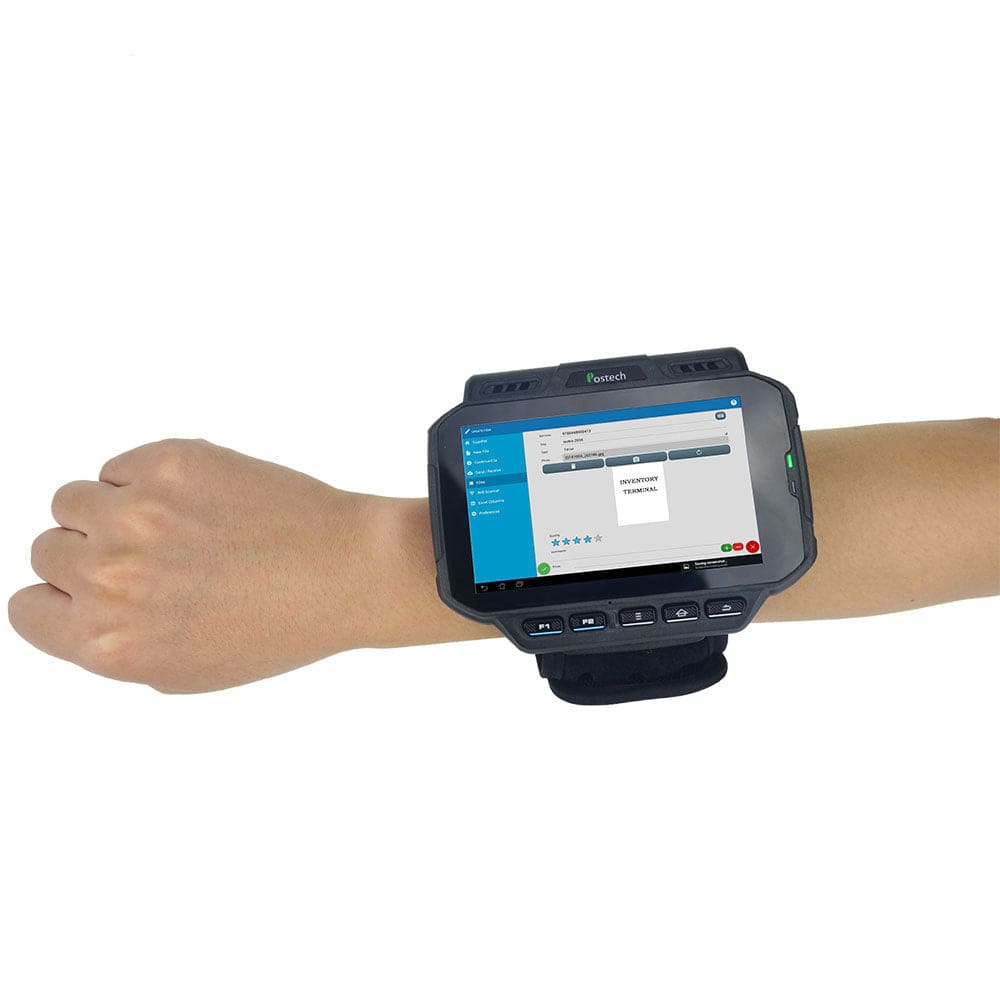

Then, it provides a historic view of the field, describing how wearable technologies evolved since 1970 throughout the past decades. This chapter introduces wearable computing, beginning with fundamental concepts and definitions about wearable technologies. Index Terms-automatized zipper, robotic, wearability assessment, research through design This study provided useful insight, opinions and, feedbacks which are essential to make Cliff ready for society. However, the findings also raised concerns about the stigmatisation effect. The test results show that the acceptance of the Cliff is satisfactory with all the levels of effect scoring at the lowest level. The user participatory design session has been designed and conducted to perform the study which includes a session of observation, prototype experience, a survey, and open questions. It measures the wearable comfort across six dimensions: emotion, attachment, harm, perceived change, movement and anxiety. In order to assess the general comfort level of Cliff, the Comfort Rating Scales (CRS) method has been used. An iterative research through design approach was applied to develop a working mechanism and prototype of Cliff. It is a response to the struggle by the elderly, people with physical disabilities and, ladies who have problems zipping back-zipper dresses. Furthermore, we outline aspects to aid designers of next generation wearable designs for hospital service work.Ĭliff is a project which aims to develop an automatized zipper for the zipping and unzipping process. This study shows that wearable computers can effectively support the maintenance work of the orderlies and has domain-specific advantages over the handheld smartphone, e.g., the former support glancing at the task information. The interactions were recorded with a chestmounted camera afterwards semi-structured interviews with each participant were conducted.

This explorative study was conducted with 4 experienced hospital orderlies who interacted with an application across two wearable concepts, and one handheld smartphone in five scenarios, not involving patients, in a hospital environment. This paper explores two wearable prototypes' challenges and opportunities to support future hospital service work. One such domain is hospital service work.
#Wearable computers at work case evaluation professional
With the blooming of new available wrist-worn devices there are potentials for these to support the work done in many professional domains.


 0 kommentar(er)
0 kommentar(er)
